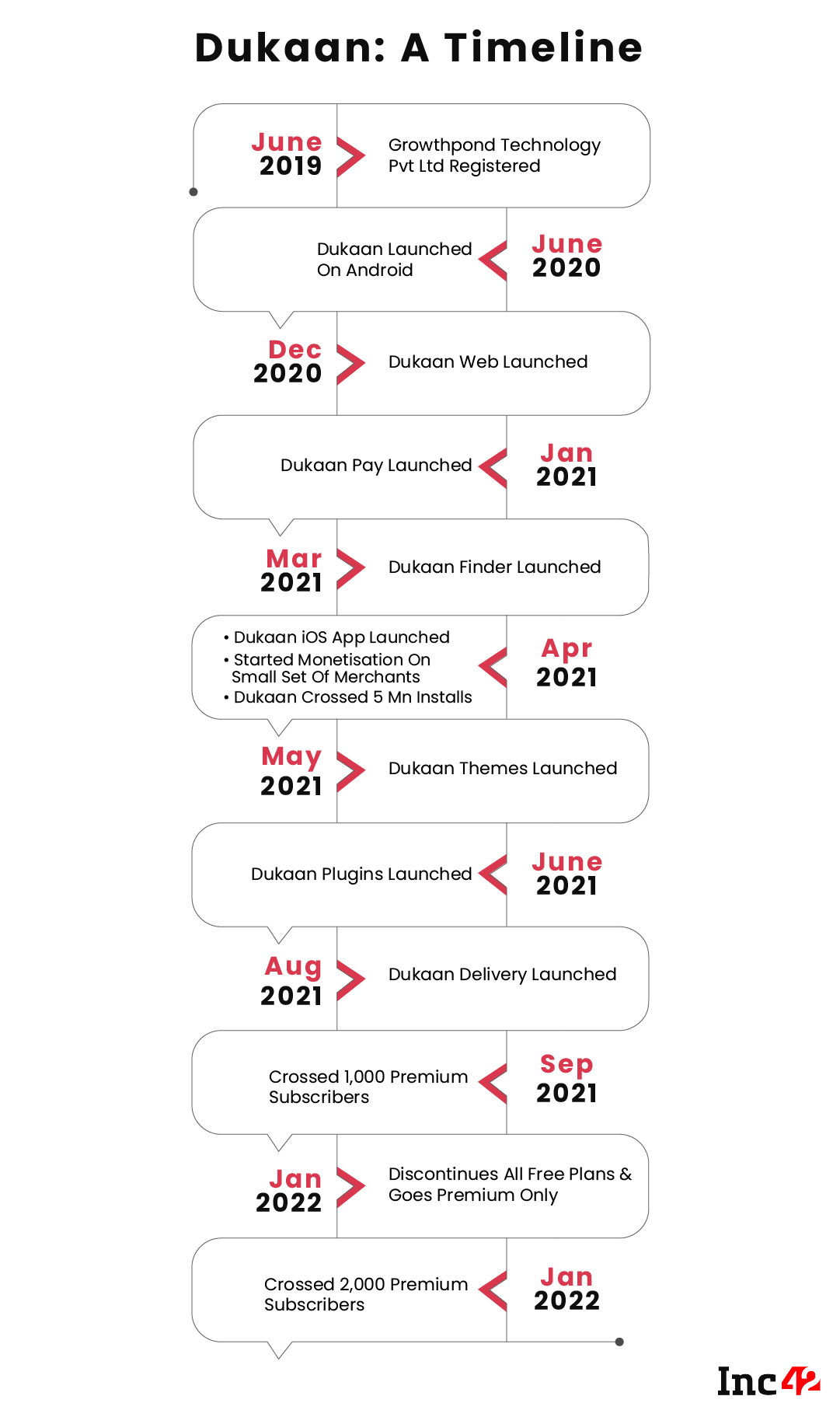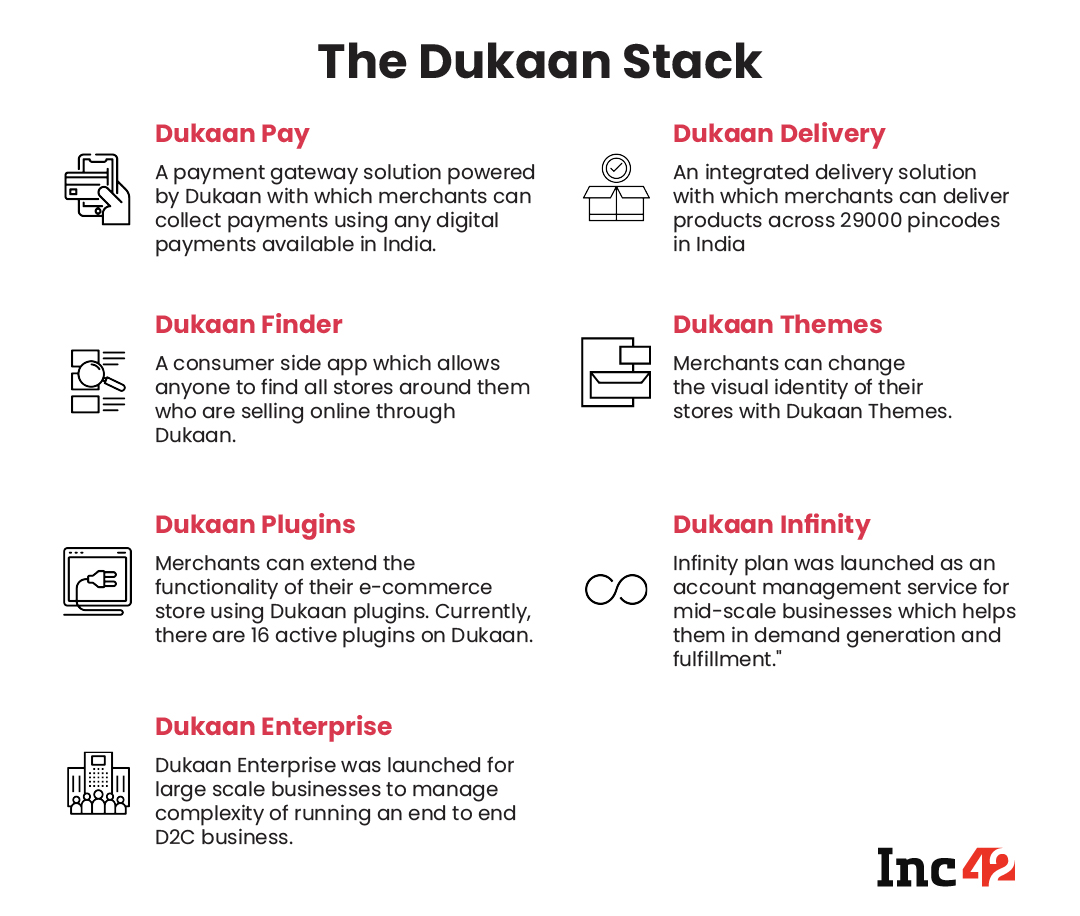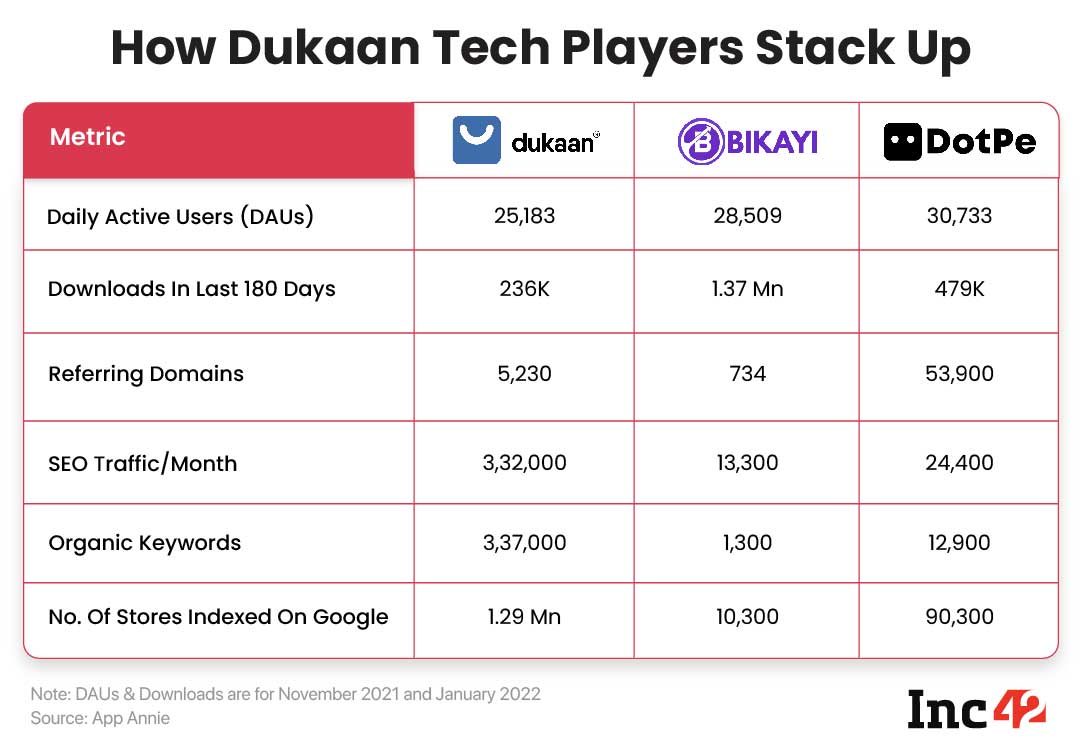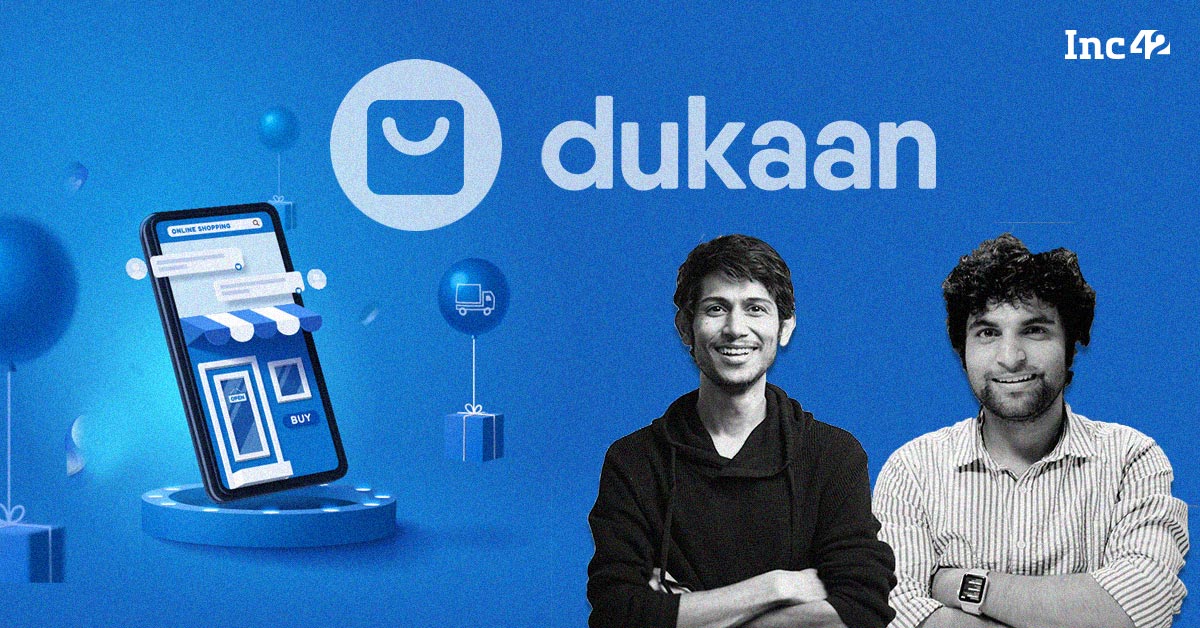Eighteen-year-old Mumbai girl Shruti, like many her age, is super active on Instagram. Shruti is, however, different from others – she uses the platform to sell scrunchies that her mom makes in different shapes, sizes and colours. With 1,500 followers on Instagram, Shruti’s understanding of the social networking websites stands in good stead for her small ecommerce operations.
But, as more and more followers come, new complications also crop up. For example, she is flooded with messages everyday asking what types of scrunchies are available and in which size, payment modes and all that. This takes up most of her day and night, so while she has started off on Instagram, Shruti needs a product that will take her to the next level without requiring her to be online all day to answer queries.
Shruti in many ways exemplifies the small-time retailers and online sellers across India who are reaping the benefits of the smartphone and 4G age. While Facebook, Instagram, WhatsApp, etc. have been wonderful tools to start off sales, sellers are now getting impatient to join the ecommerce big leagues and become a D2C brand in their own rights.
But it is a big leap, requiring expensive tech and deep pockets, and many of the internationally-developed platforms such as Shopify, Woocommerce and others are simply too sophisticated for the regular Indian user. That’s where startups such as Dukaan are looking to bridge the gap.
Dukaan, founded in 2020, which set out to digitise mom-and-pop storefronts and kiranas, has introduced several new features, initiatives in the past year to meet the needs of the market.
The Mobile-First Approach
In Shruti’s case. Dukaan has set up an online store for her, created the whole infrastructure to digitise her inventory and enabled her to earn INR 30,000-40,000 in a month. She needed to acquire no software skills or learn any coding for her online store to be up and running and receive orders and payments online, through UPI.
Founder Suumit Shah says Dukaan today enables small sellers and entrepreneurs across categories in a similar way. Ecommerce watchers say Dukaan in many ways is a “stripped-down version” of Shopify, the Canada-based ecommerce platform giant. The observation is both right and wrong at the same time.
Like Shopify, Dukaan app enables merchants to start, run and grow online. But Dukaan is fundamentally different in its approach from Shopify or WooCommerce or home-grown rivals such as Bikayi and DotPe.
It is mobile-first for Dukaan, while the focus for others is the desktop or PC, which is out of the reach for smaller sellers. Shah believes the whole commerce is going to be on mobile sooner than later. For Dukaan, more than 98% of the traffic comes via mobile. The mobile-first approach has helped stay ahead of the competition.

When he set out to create Dukaan, Shah was pretty clear that everything has to happen on mobile. It was not without reason.
First, while every small-time merchant cannot afford a powerful desktop or laptop, smartphones and faster 4G internet have penetrated deep into small towns and are within reach for merchants aspiring to go online. Dukaan was built around a vision that no seller should require any special skill to go online, whether it be coding or even more rudimentary computer skills such as familiarity with word-processing software.
Shah claims that others such as WooCommerce are for those who understand WordPress and can do the custom coding. So they require some degree of technical knowledge.
True to this guiding principle, a retailer on Dukaan can verify their phone number, choose a business name and add the products that they want to sell online. Every seller would get one unique link where the whole list of products will be displayed. Consumers can place orders, just like the way they do on Zomato, Flipkart or Amazon.
Shah, however, stressed that Dukaan is not Amazon where the seller can list a product and his job is over.
“It is like first, you list all your products and then you fight to get the sale. What I am offering is the whole software solution, not the demand part.”
How Dukaan Is Setting Itself Apart From Shopify
Even an old lady can manage her store, handle orders and add products, Shah claimed. According to him, in India, the demands of even those who are well-equipped to do WordPress or handle software are unique in many ways and it would be difficult for a Shopify-like architecture to meet them.
Now, it is difficult for even Shopify to go back and change the whole architecture to adopt a mobile-first approach because established brands such as Kylie Jenner in the US are already running on Shopify, and changes in the architecture will impact these bigger brands. This is the moat that Dukaan is trying to bring up.
Dukaan’s capability to customise any store’s layout and appearance through themes fundamentally differentiates itself from others. It has been working on plugins for some time to make the adoption of themes easier. Based on the products, brand and colour, merchants can build different themes or colours or identities.
“We can allow people to quickly set up things and get the maximum possible conversion rates available out there. So, our top 5% sellers get more than 12% checkout rate,” he claimed.
He further said that around 16 plugins are already live, right from MailChimp and Google Merchant Centre to Google ads and PIN code-based delivery.
Next, its application programming interface (API) is the clincher. “We have actual APIs where anybody can build anything on top of that, that is the differentiation if I have to speak about the regional competition at all,” he added.
Around 60% of merchants on Dukaan are from tier II, tier III cities and 40% from metros. Even VC-funded brands are running on Dukaan. Merchants sell products across multiple sectors and categories. “We are like more than 2,000 different kinds of categories of businesses selling online. The common link between everything is that they have the passion to do business on the internet.”
Shah is confident that the very nature of the market and the room for multiple players catering to niches makes it ideal for competition. Just like Shopify, WooCommerce and Magento are also pretty significant players globally.
It’s all about identifying the product-market fit, said Shah. He believes that India is where there is a big opportunity right now for players like Dukaan. Even Shopify does not have a monopoly in the US or other markets, so there is definitely a need for competition.
Shah claims there’s a “learning curve” with Shopify and can be a costly affair over a period of time.
How Dukaan Evolved
Shah stumbled on to the Dukaan idea when browsing through a PDF catalogue sent by an undergarment brand on WhatsApp. It had listed more than 50 products with a promise of home delivery, but flipping through the pages seemed archaic.
“What if 30 more people like me placed their orders? Will the person be able to keep a track? Like, these many orders have been delivered, these many are in transit and these many came from that day…? Worse, WhatsApp does not have a geotagging feature either.”
Another thought that crossed his mind was how the business will generate more demand. It is not practical to approach every customer with a message. It may be okay for 50-100 orders but what next? And WhatsApp may be okay for some home-made businesses, but big brands and bigger sellers need something more capable.
“I am an engineer myself and it took me half an hour to set up a kirana store online. And this is just the basic store setup. I ventured into delivery …. Then I realised whatever I am selling was a product. Now, If I need to jack up my conversion rate and cut the return, I need to charge INR 100 delivery fee for cash on delivery and INR 30 for payments made online.”
These probing questions led him to the need of developing a software that would address the problems faced by Kirana store owners aspiring to go online. Eventually, it resulted in the Dukaan app, which has now today revamped itself further to cater to small and medium businesses, as well as enterprises.

Dukaan soon started spreading its wings. It easily got 40,000 downloads. It also encountered a few hitches here and there as any new business would face. One setback was that the targeted audience was using some other products. At the same time, new users were coming in aplenty.
But more importantly, Dukaan gained business insights. Shah narrated a user case: “One user called up. He was selling his taxi service that runs from Mumbai to Shirdi. He has listed his various models but could not set the right pricing since it was not a physical product but use-based pricing.
It was a good problem-solving test for Dukaan. It needed to tweak its model in tune with various types of businesses. For kiranas and other retailers, the big problem was that only 7% of sellers on the platform were adding products to their stores. So Shah asked himself,
“How do I make sure this person uploads entire inventory on the platform. So, we came up with the tools like magic upload, wherein the storekeeper just needs to upload a photo of the shop and we will detect all the products that are available on the shelf and you can add those products to your store quickly,” he said.
After building up its mobile-first ecommerce platform, Shah and Dukaan focussed on the payment gateways and deliveries. These are crucial for achieving success in ecommerce. But at this point what concerned the company was the thought that a kirana store owner might not be able to do it all himself. “I could not set up this myself after spending two hours. Mind you, I was working on an Apple laptop which everyone may not have.”
Going Beyond A Simple Online Store
Setting up the store online is one thing and driving the orders received is another. The situation was pretty much like in VC-funded startups. Only a handful of startups will succeed from a portfolio of hundreds. “The whole game is all about these top 2%, 3%, 4 % people and how quickly they are growing because of your services.”
A persisting problem storekeepers faced was cash-on-delivery orders getting returned. Integrating online payment modes addressed this issue well, which was missing in the first year of operations. “Now, what happens is like you can just link your UPI ID with Dukaan within less than one second or with your bank account and you can start accepting payments using credit/debt card or pay later whichever digital payment methods available out there.”
Dukaan launched the online payment facility in February last year. The share of online payment soon jumped 40% from a mere 1.5% in the inaugural month.
Timely delivery and logistics are also big puzzles for merchants. They had to approach different SaaS companies and create different accounts to schedule deliveries. Dukaan simplified this cumbersome process. From setting up the store and managing inventory and orders to delivery and invoicing, everything was made possible on the Dukaan platform.

Merchants can also calculate the delivery charges before the order gets assigned to the delivery. And they can track all order positions, like how many are ready to ship, how many pick-ups are done and how many are in transit delivery. While this has solved the problem for ecommerce deliveries, 30% of Dukaan’s business comes from hyperlocal demand, where it is yet to do more partnerships for faster deliveries.
Dukaan is looking at getting all the carriers on a single platform and single click order assignment with order tracking and so on, much like what ShipRocket does.
Another Dukaan USP is that an Android app is created by default for sellers as soon as they launch a Dukaan store. “More than 4,000 apps are being generated every single day. That’s the last number that I remember, but how many people have hosted it on Play Store, we would have no idea because you need to have your own Play Store account to host your app,” Shah said, adding that the majority of the orders are, however, happening on mobile.
The Revenue Story
Today, Dukaan is aiming at $10 Mn in ARR in the next 15-18 months and is targeting to add 15,000 customers to get there. It has discontinued the free plan completely and crossed $1.7 Mn in annual recurring revenue (ARR) in January 2022. In value terms, the online payments GMV is beyond INR 15 Cr ($1.9 Mn) a month, excluding the cash-on-delivery portion.
Today, there are more than 2,500 paying customers on the Dukaan platform. In terms of funding, Dukaan in the first round raised $6.2 Mn. In the latest round, it mopped up $12.5 Mn, including an investment from Aditya Birla.
Dukaan is now firming up multiple monetisation plans, from the software subscription revenue and delivery revenue to online payments revenue.
“We are already seeing the revenue is getting multiplied or scale almost 50-70% month-on-month, which is a good sign,” said Summit.
As the platform grows, new revenue streams are also being added in the shape of value-added services to merchants such as performance marketing, growth strategy and more.
One such tool is for ad automation. Dukaan generates all the ad copies and creatives for the product chosen by a merchant and it will also decide whether to run the ads on Facebook or Instagram or any other platform, depending on the merchant’s objective.
As Dukaan has started monetising, its headcount has increased to 200. Executives from Swiggy and Flipkart have joined the monetisation and business functions at the company. Sandeep Mina, recently joined the company as a COO (Chief Operating Officer). He has come from Swiggy where he was heading the supply chain.
Dukaan’s response time and its ability to scale up differentiates it from its competitors in the domestic market. After an episode of Shark Tank involving a Dukaan merchant was aired, Dukaan had 15,000 visitors coming every single second to its platform. Not only that it didn’t break at all despite such heavy traffic, but also recorded a response time of less than 300 millisecond, according to Shah.
DotPe and Bikayi are two other players in the market. DotPe is focussing on restaurants in which Dukaan does not see much potential. Can Bikayi be a serious competitor? It has some distance to cover before posing a challenge, claims Shah.
A cursory comparison of features of the two says that while Dukaan offers multi-currency support, privacy policy generator, slogan maker, terms & conditions generator, invoice generator, QR Code generator among other features, Bikayi’s platform is absent on all these fronts.

When it comes to daily active users (DAUs), App Annie data for the last three month shows that Dukaan’s DAUs stands at 25,183, while Bikayi and DotPe had 28,509 and 30,733 DAUs.
But the Bikyayi score in the number of downloads is 1.37 Mn in the past 180 days (November 2021-January 2022), while Dukaan recorded 236K downloads and DotPe saw 479K downloads. But Dukaan has a similar number of active users, which negates the higher downloads for the other two.

On features side, Suumit claimed that none of the market players, except Dukaan, has real themes and plugins. For him, what matters is stores opening within milliseconds. Whether the merchant site is capable of being accessed by 15,000 concurrent users at once or not is another differentiating factor where Dukaan wins, according to him.
Dukaan offers multiple subscription plans, but a majority of its customers opt for the INR 6,999 annual plan because it gives a unique domain to merchants. It helps sellers who want to build a distinct identity for their small store or D2C brands that want to scale up rapidly.
Take the case of Aroma Dhaba inside the IIT Bombay campus. This single keyword generated 357 searches in 20 days and the owner did more than 30,000 orders, Shah claimed. Aroma Dhaba uses a mobile-only platform whereas a bigger B2C brand on Dukaan needs desktop-centric solutions. So while the focus is on mobile, the desktop-focused subscription plans also need to be developed simultaneously.
Even as its offerings expand and new features are introduced, Dukaan is gearing up to address more and divergent issues. It sees itself addressing queries with regard to setting up online stores that can cater to customers globally and manage foreign currency-related problems as well as exports.
Going forward, Dukaan has set its eyes on 70 countries. It has already sold 50 Dukaan premium subscription plans in Nepal and Indonesia and the United States. One retailer in Canada, who is selling Indian products, has started using Dukaan and has linked their Paypal and Stripe account for seamlessly transitioning to Dukaan.
Shah believes that as it did from the sellers and customers in India, Dukaan will have plenty of interesting learnings as its international story unfolds…
Edited by Nikhil Subramaniam.










